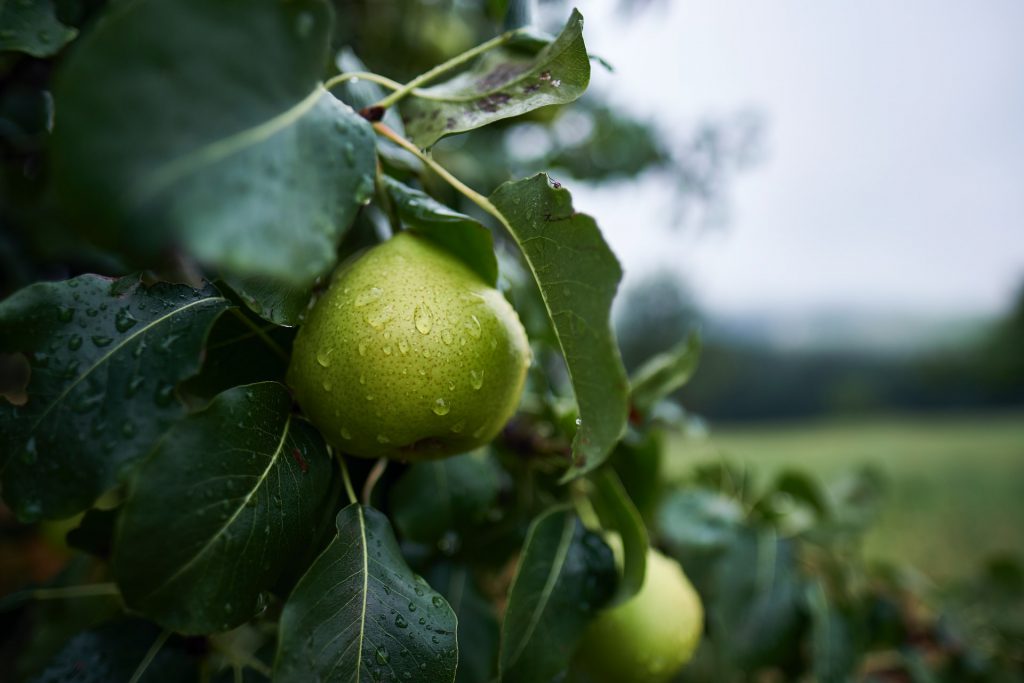Aging Faithfully: A Different Kind of Retirement
Aging Faithfully: A Different Kind of Retirement

Photo by Andraz Lazic on Unsplash
When my husband retired a few years ago, I pictured myself sitting in the Howdy Doody Peanut Gallery, watching as the events unfolded. (Yes, I grew up watching Howdy Doody—on our black-and-white television.) Now I watched from the gallery as Bob went through the difficult discernment process about the timing of his retirement. Then I watched as he grieved the loss of daily contact with colleagues and the personal validation that his job responsibilities gave to him. I watched him throw away the notes from hundreds of talks he would never give again. I watched as he faced his fear that the only excitement in the future might be on the golf course. The view from my Peanut Gallery was not Howdy Doody happy.
But I thought I didn’t need to worry about retirement for myself. Because I had no regular job to retire from, I told myself that I was not retiring. I was a mother, an author, and a spiritual director—all jobs that would change as I aged but not through traditional retirement. I thought I was all set to go.
Only I wasn’t. All of us, as we age, retire. We retire not just from jobs but from relationships, ways of thinking, and how we think about ourselves. We move on. We no longer find validation in activities and tasks that have been important to us for decades. We can no longer do the things we used to do. The next generation is doing those things better than we can. To become older, then, means we retire, whether we’re getting paid for our work or not.
Retirement, whatever form it takes, is often our first step through the door with a sign above it: “Old Age Straight Ahead.” If we notice the sign, we may cringe. We probably think we can handle retirement. But old age? Most of us don’t even like the term, let alone what it means for us. Who put that sign there, and what does it mean?
As my husband and I entered retirement and our senior years, one of the places we found perspective was in looking at the flowering pear tree outside Bob’s study window. It had always been the last tree in the yard to shed its leaves in the fall, but the year he retired, the leaves stayed on the tree until February. As we looked at the tree, we wondered if those leaves were a symbol of all the dead leaves Bob was trying to release in his own life. When the leaves finally fell off the tree, and the branches were bare, Bob’s soul also felt bare. Then, in the spring, the tree blossomed. It was beautiful. When the blossoms were replaced with green leaves, the tree became a symbol of hope for both of us.

Photo by Christian Holzinger on Unsplash
It was as though God were revealing something to us through our pear tree. Without the benefit of words, the Holy Spirit seemed to remind us that is was time to shed the past and wait for the green leaves of the future.
Our pear tree, then, gave a hint of how God might help us navigate this liminal space—through an image. In fact, God often uses images to explain truths to us. Sometimes we can understand unseen truths from things we can actually see.
One of the Psalms describes, with an image, what our old age might look like. The psalmist observed that “the righteous flourish like the palm tree, and grow like a cedar in Lebanon. They are planted in the house of the LORD; they flourish in the courts of our God. In old age they still produce fruit; they are always green and full of sap” (Psalm 92:12-14, NRSV). The first time I read that description of old age I was young, and I laughed! Old people are saps indeed.
But there is another definition of sap—the one the psalmist meant. Sap is a fluid that gives the plant life and energy. God invites us to flourish in our senior years, knowing that we are still producing sap, and that this sap will still produce fruit in our lives, for the sake of others. As we grow into the senior season of life, we will be called on to make choices about how to nourish the trees that we are becoming. To keep the sap running, we will be invited to “choose life.”
When the Israelites entered the last part of their journey out of Egypt (and into liminal space), God said to them through Moses, “I have set before you life and death. . . . Now choose life” (Deuteronomy 30:19, NIV). As I age, some days it feels easier than others to choose God’s life-giving ways. Some days, I am content with the changes that aging brings. Other days, I complain and resist. On the more difficult days, I remember something else God said through Moses: “Now what I am commanding you today is not too difficult for you or beyond your reach. . . . No the word is very near you; it is in your mouth and in your heart so you may obey it” (Deuteronomy 30:11, 14, NIV). In other words, I can do this. I can be the older person God has designed me to be. His Word will guide me. His Word is in my mouth and my heart. This is comforting and reassuring. New life in old age is not beyond our reach. God’s Word lives in us and will guide us each day for the rest of our lives.
Alice Fryling is a spiritual director and author. She and her husband worked with InterVarsity Christian Fellowship for over fifty years. Alice has also been actively involved in church ministry and teaching workshops on the Enneagram and Myers-Briggs Temperament Inventory. Her books on relationships, spiritual formation, and spiritual direction have sold over half a million copies and are published in over ten languages. She and her husband, Bob, are parents of two daughters and grandparents of two grandsons and two granddaughters. They live in Monument, Colorado. Learn more about Alice Fryling at www.alicefryling.com.
Let’s keep the conversation going.
Chat with us on Instagram @navpressbooks // Facebook @navpresspublishing // #agingfaithfully #agingwell



